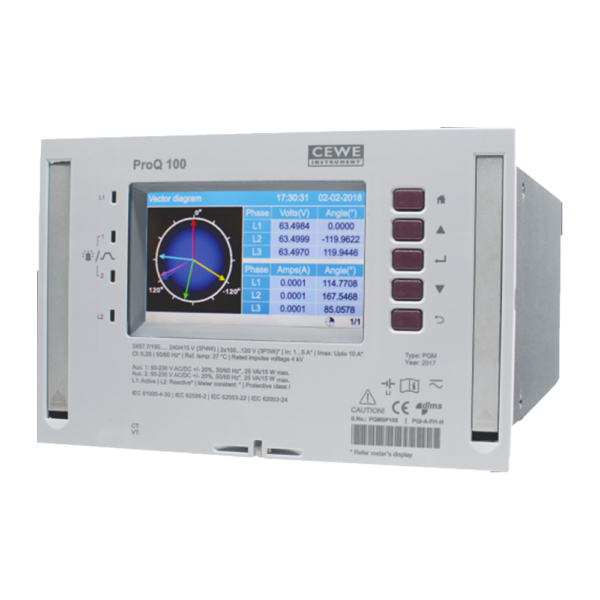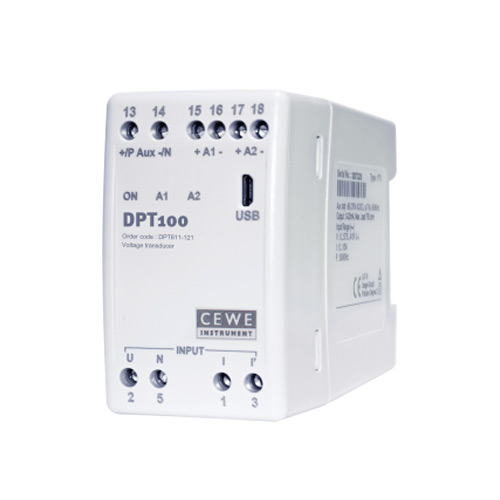Power quality assessment in industrial applications
Modern industrial plants include a wide variety of load types that can be a source of power quality disturbances while also being extremely sensitive to them, e.g. large power electronic converters, ASDs, fluctuating loads and so on. Power quality disturbances are often complicated in an interconnected grid, and disturbances caused by polluting industries go on to affect any other load connected at PCC. Degradation of power quality is typically caused by load switching, non-linear loads, intermittent loads, system faults. Such disturbances give rise to dips, harmonic distortions, interruptions, unbalance and flicker.
Knowing the reason for these disturbances is the way to prevent power quality deterioration. There can be a variety of ways to provide the required level of power quality, and the simplest and most economical method needs to be selected. The starting point for any mitigation strategy for power quality problems is an assessment at different locations in the plant that may either be the cause of disturbances, or be sensitive to them. A power quality logging and monitoring system provides the information necessary to analyse the events, and provides data for planning a mitigation strategy. For example, harmonic analysis provides the necessary information to plan what type of filters to apply, and where to place them.
ProQ 100, along with ProQ View, provides extensive monitoring of power quality events, enabling system performance to be characterized continuously. ProQ View logs a wide range of power quality events, along with direction, with analytics to identify the cause of power quality disturbances. The logging of accurate data helps in quickly and systematically determining root causes, and helps in determining the best solution.
Power quality monitoring use cases – utilities
Internal and external disturbances in electricity networks, such as switching, non-linear loads (e.g. SVCs, STATCOMS, FACTS equipment) combined with faults and lightning interference, can often lead to power quality (PQ) events. Harmonic currents drawn from upstream voltage sources by non-linear loads, through the impedance of cables and transformers, create harmonic voltage distortion. Consequently, power quality monitoring in utility networks has been growing in practice, and is at different maturity levels in different geographical markets.
There is also pressure from customers and regulatory authorities to provide information on the actual power quality level. Developments in enabling technologies (monitoring equipment, communications, data storage and processing) have made it possible to monitor on a large scale, and to record virtually any parameter of interest. The change in the types of loads connected to the network, together with the proliferation of non-conventional, power electronic interface connected generators, puts additional pressure on system operators to monitor and document various aspects of system. The envisaged growth in use of non-conventional types of loads and storage (e.g., electric vehicles) can only exacerbate such problems.
ProQ 100, along with power quality analysis software ProQ View, enables power quality compliance reports to EN 50160 and ITIC to be generated easily and accurately. It also classifies power quality problems for points of common coupling (PCC) and enables vulnerable points in the network to be identified. It also provides information on reliability indices, e.g. SAFI, SAIDI and CAIDI, which are the indicators of continuity of supply. ProQ View logs a wide range of power quality events, along with direction, with analytics to identify the source of the power quality problems, upstream or downstream.








